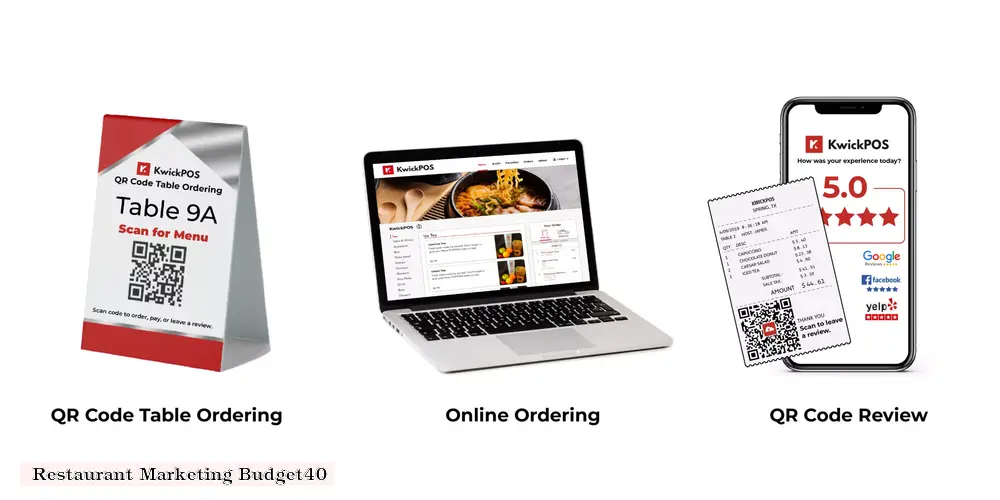

I. Understanding the Restaurant Marketing Budget
A marketing budget is a financial plan that outlines the funds allocated for marketing and promotional activities. It includes the costs associated with advertising, social media, public relations, events, and other marketing initiatives. A well-crafted marketing budget should align with the restaurant's business goals and help to drive revenue, increase brand awareness, and attract new customers.
II. Key Components of a Restaurant Marketing Budget
1. Advertising: Advertising is a crucial component of a restaurant marketing budget. It includes the costs associated with print, radio, television, and digital advertising. The budget should also include the costs of creating and designing advertisements, as well as the cost of media placements.
2. Social Media: Social media is a powerful marketing tool for restaurants. The marketing budget should include the costs associated with creating and managing social media accounts, as well as the costs of paid social media advertising.
3. Public Relations: Public relations is an effective way to build brand awareness and credibility. The marketing budget should include the costs associated with hiring a public relations firm or creating an in-house PR team.
4. Events: Events are an excellent way to engage with customers and build brand loyalty. The marketing budget should include the costs associated with hosting events, such as food, decorations, and entertainment.
5. Other Marketing Initiatives: Other marketing initiatives may include email marketing, direct mail, search engine optimization, and content creation. The marketing budget should include the costs associated with these initiatives.
III. Tips for Creating an Effective Restaurant Marketing Budget
1. Align the Budget with Business Goals: The marketing budget should align with the restaurant's business goals. For example, if the goal is to increase revenue, the budget should prioritize initiatives that drive sales, such as advertising and social media.
2. Allocate Funds Based on ROI: Allocate funds based on the return on investment (ROI) of each marketing initiative. Focus on initiatives that have a high ROI and cut back on those that do not perform as well.
3. Monitor and Adjust: Regularly monitor the performance of each marketing initiative and adjust the budget as needed. If an initiative is not performing as expected, consider reallocating funds to a different initiative.
4. Consider Outsourcing: Consider outsourcing marketing initiatives to experts. Outsourcing can save time and money, and it allows restaurant owners to focus on running the business.
In conclusion, a well-crafted marketing budget is essential for the success of any restaurant business. By understanding the key components of a restaurant marketing budget and following these tips, restaurant owners can create an effective budget that aligns with their business goals and drives revenue.
DISCLAIMER: This information is provided for general informational purposes only, and publication does not constitute an endorsement. Kwick365 does not warrant the accuracy or completeness of any information, text, graphics, links, or other items contained within this content. Kwick365 does not guarantee you will achieve any specific results if you follow any advice herein. It may be advisable for you to consult with a professional such as a lawyer, accountant, or business advisor for advice specific to your situation.
today
Copyright © 2025 Kwick365.com
Designed by KwickPOS is the best restaurant POS